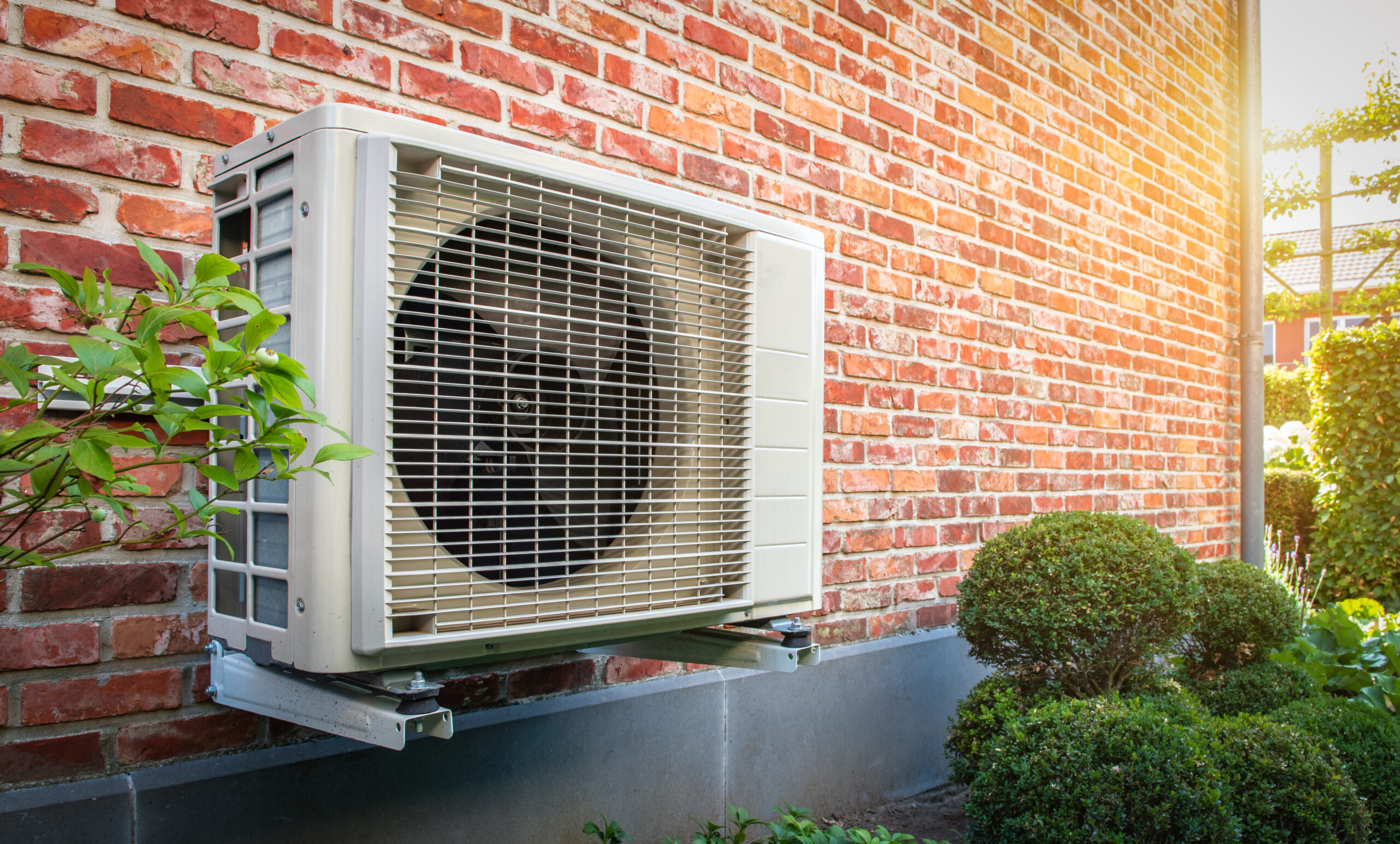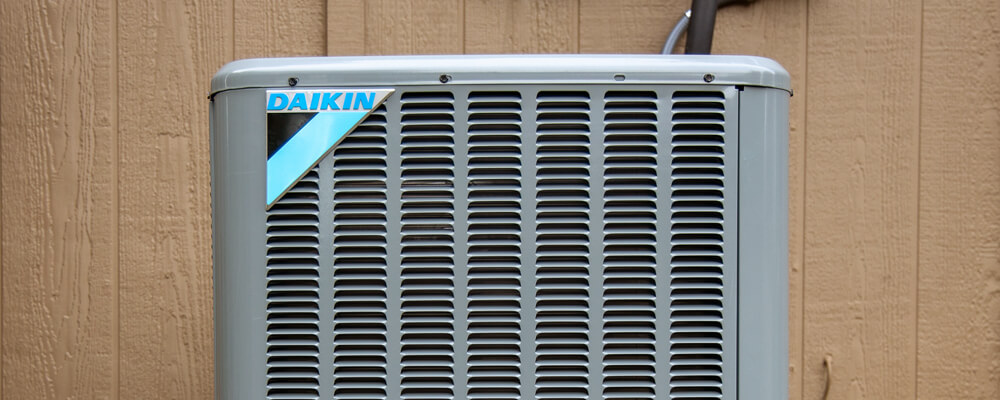What To Do When Your Basement Floods

Thinking about what to do when your basement floods can cause panic and anxiety for even the most attentive homeowner. Where is the water coming from? How do you get it out? What will the water damage and restoration cost? Fear no more–read below to learn why flooding happens, how to repair damage when it does, and how to prevent flooding in the future.
WHY DO BASEMENTS FLOOD?
Many basement floods happen during a storm. Three possible causes for basement floods are city stormwater backup, the sump pump not working, or a sewer line clog.
- Stormwater backup. Heavy rains can overflow the city sewer lines, and they may back up into your basement. Stormwater backup is more common in specific neighborhoods in Kansas City. One telltale sign of stormwater backup flooding is if the water recedes on its own once the storm passes.
- Sump pump failure. Another reason for basement flooding is a problem with the sump pump. Sump pumps are designed to prevent water damage by removing unwanted water before it can cause a problem. If they fail or become clogged, flooding can happen. Many homeowners choose to install 2 sump pumps with battery backups in order to be ready for heavy rainfall. Learn more about how sump pumps work and how to test yours in our blog post.
- Sewer line problems. Finally, sewer line clogs can cause basement flooding. If the flooding doesn’t recede and has a distinct odor, a sewer line clog may be the culprit.
If the source of water isn’t from a storm, there may be a number of causes like a cracked pipe, damaged water heater, or a leaking appliance. It could also be from overflowing gutters or surface water running down your foundation. If you can identify a water source, turn it off and unplug appliances. It’s also important to turn off your power if you have standing water.
Because of the damage caused by basement floods, it’s a good idea to call a professional to diagnose the problem and fix it. Give us a call, and an A.B. May professional plumber will work with you to solve the problem and suggest ways to keep it from flooding again.
HOW TO GET WATER OUT OF YOUR BASEMENT
Before you do anything else, turn off electricity, power, and gas. Do not walk into a flooded basement if the power is on. If you cannot turn the power off without entering the flooded space, call A.B. May for professional help. Any time there is standing water inside of your home, there is a risk of electrical shock. Use extreme caution.
Depending on the amount of water, you can use a pool pump, a sump pump, a shop vac, or a mop to remove the water. If there is a lot of water, you may need to contact a restoration company.
It’s also easy to rent a wet vac from a local hardware store. Once the water has been absorbed and removed, open all windows and set up fans to face them. Again, depending on the amount of water and source of the flooding, it may be best to contact a restoration company.
Carpet can dry out from a water heater leak, but if the water came up from a basement drain or is due to a sewage problem, materials may need to be torn out and replaced. Sewage water and other Category 3 water sources harbor harmful bacteria and other microorganisms.
HOW TO REPAIR WATER DAMAGE WHEN YOUR BASEMENT FLOODS
Mold growth is a common side effect of a flooded basement. To prevent mold from growing in your home, follow these steps:
- Combine warm water and bleach in a bucket. Wearing gloves, scrub walls and floors thoroughly.
- Move any damp furniture into a dry, warm space. Clean with soap and water and let dry in the sun.
- Schedule an appointment with a remediation professional to make sure the mold is gone.
It’s important to note, bleach neutralizes and removes the color from mold. It doesn’t kill it or remove it entirely. If mold is present, the roots often run deep and will require more than surface cleaning.
You may also need to replace the drywall. It’s impossible to “clean” mold with bleach, especially on porous surfaces like wood, fabric or drywall. If the flooding was significant or long-standing, a mold remediation company is a wise choice.
- If you noticed cracks in the foundation or windows, repair them immediately. To identify cracks, use a flashlight and examine interior walls. They can be challenging to find, though, so calling a professional is the best way to ensure proper treatment.
- Install a sump pump. A sump pump automatically traps rainwater and flushes it out of the basement. We recommend a sump pump for nearly every home because the cost of water damage almost always exceeds the price of a sump pump. They are so useful that many of our customers install two of them. It is a wise investment for your home (and your sanity).
- Install gutter extensions and window wells. Leading water as far away from your foundation as possible is the best way to prevent any from seeping through the foundation. You can purchase gutter extensions and window wells at any local hardware store. They are a cost-effective and immediate solution.
WHAT TO DO WHEN YOUR BASEMENT FLOODS – CALL A.B. MAY IN KANSAS CITY
There are many possibilities for a flood in your basement. Other than natural disasters, it could be a failed sump pump, a water heater leak or collapse, leaky pipes, or a bathroom mishap like a bath or toilet overflow.
In some cases, particularly in older homes, it may be the drain in the basement floor. Clogs in the main plumbing line or backups often cause basements to flood. Regardless, A.B. May plumbers are quick to assess and solve the plumbing problem.
Let our team stop the water damage from getting worse. We can fix what needs to be fixed and do what’s possible to prevent it from happening again. Whether you need a main drain line clearing, a new water heater installation or pipe repair – our team will handle it quickly and professionally.
Call us for help anytime day or night. Emergency service is available for these situations.
Request Service
Fill out the form below, and we’ll contact you shortly to schedule your home service appointment.





